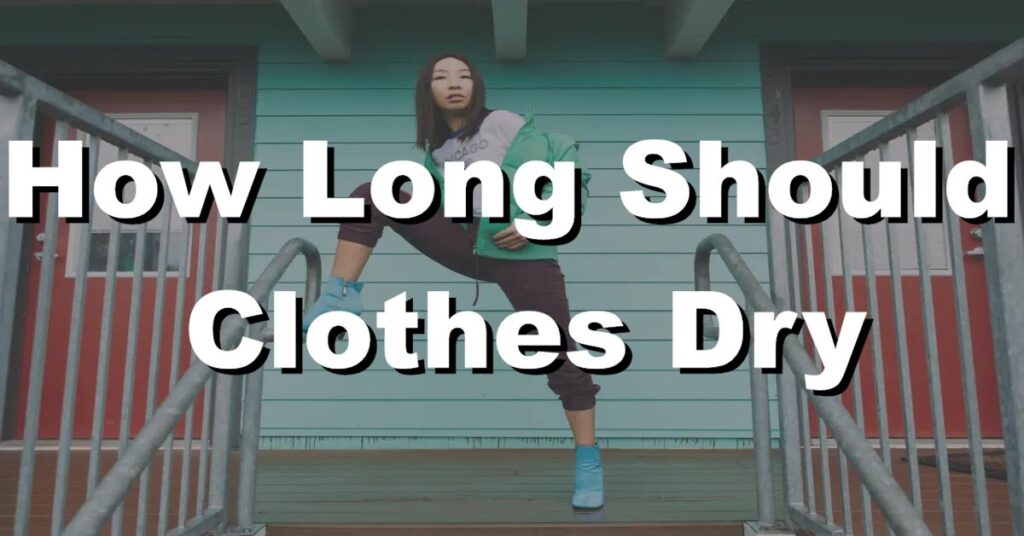The drying time of clothes can vary depending on the fabric, the climate, and the method of drying. But how long should clothes dry for optimal results?
In this post, we’ll provide a general guideline for drying times, and discuss the effects of under- and over-drying on your clothes.
The Typical Drying Time for Different Types of Fabrics and Clothing Items
Different types of fabrics and clothing items have varying drying times due to their composition and thickness. Lightweight and thin fabrics such as t-shirts, underwear, and socks tend to dry relatively quickly and may take only a couple of hours to air dry.
Heavier fabrics like jeans, sweaters, and towels will take longer, often several hours or even overnight, due to their increased moisture retention.
Factors That Can Affect Clothes Drying Time, Such as Humidity and Ventilation
Several factors can influence clothes drying time. Humidity plays a significant role, as high humidity levels can slow down the evaporation process, prolonging drying times.
On the other hand, low humidity allows for faster moisture evaporation. Ventilation is also crucial, as adequate air circulation facilitates drying. A well-ventilated area, whether indoors or outdoors, helps to remove moisture from clothes more efficiently.
The Best Ways to Speed Up or Slow Down Clothes Drying as Needed
To speed up clothes drying, there are several strategies you can employ. Placing clothes near a fan or in a well-ventilated area with good air circulation can enhance drying time. Using a dehumidifier or air conditioner in humid environments can help reduce moisture in the air, expediting drying.
Alternatively, if you need to slow down drying, you can choose a more shaded or cooler area with less airflow.
Common Mistakes That Can Lead to Longer Drying Times or Damage to Clothes
Certain common mistakes can prolong drying times or even damage clothes. Overloading the drying space or hanging too many garments together can hinder air circulation, leading to increased drying time. Folding or bunching up clothes can also impede drying by trapping moisture within the folds.
Additionally, placing clothes in direct sunlight for extended periods can cause color fading or fabric damage. It’s important to avoid these mistakes to ensure optimal drying results.
How To Tell If Clothes Are Completely Dry and Ready to Wear or Store
To determine if clothes are fully dry, use a combination of touch and visual cues. Feel the fabric to ensure it is no longer damp or cool to the touch. Visually inspect the clothes for any lingering moisture, such as dark spots or areas that appear damp.
They should have a consistent texture and appearance throughout. If unsure, it’s better to let clothes air dry for a bit longer to prevent any potential mold or mildew development when stored.
Conclusion
In conclusion, the length of time it takes for clothes to dry depends on various factors such as the type of fabric, humidity, and air circulation. Typically, clothes take between 30 minutes to 24 hours to dry depending on these factors.
It is important to follow the care label instructions and avoid over-drying clothes to prevent shrinkage and damage to the fabric.

